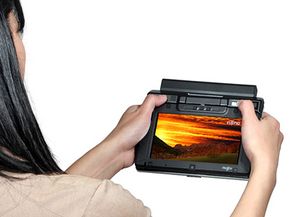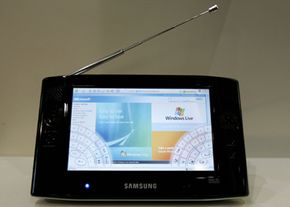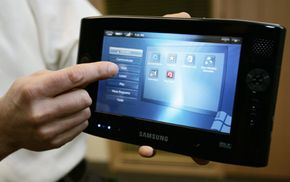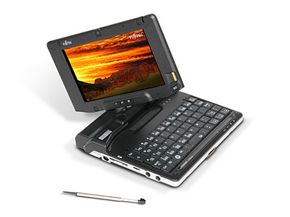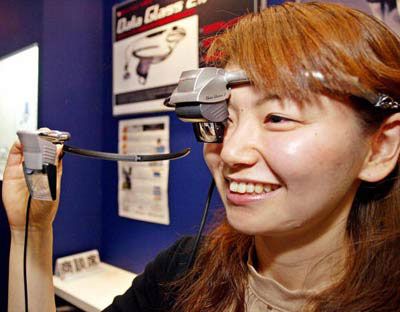When most people think about accessing the Internet on the go, they think about using a laptop at a Wi-Fi-enabled coffee shop, or checking e-mail from a smartphone while waiting at the airport.
While these smartphones and PCs work remotely, they're not the only available options. A growing category of devices, called portable Internet devices, combine the portability of smartphones with the functionality of a PC.
Advertisement
These devices include ultra mobile PCs (UMPCs) and mobile Internet devices (MIDs). Lighter than a laptop and smarter than a smartphone, portable Internet devices can make Internet access easier, faster and cheaper.
Using mobile devices to access the Internet is increasing. According to comScore, more than 2.1 million PCs, smartphones, PDAs and other mobile devices used U.S. broadband cellular connections to reach the Web in 2007. That's more than double the number of users a year earlier. Only 1 percent of U.S. Internet users access the Web via mobile broadband today. But that percentage is expected to continue increasing, eventually making Wi-Fi hot spots irrelevant [source: PC World].
Companies are responding to consumers' interest in accessing information from mobile Internet devices. Avis Rent-A-Car Systems, for instance, offers an online booking tool designed for use with portable Internet devices including smartphones, PDAs and UMPCs. Avis servers recognize a request from a portable Internet device and respond with only the minimum information fields.
But is a portable Internet device like a UMPC or MID right for you? And how do you choose the right one? First, let's take a closer look at the types of portable Internet devices that are available.
Advertisement
